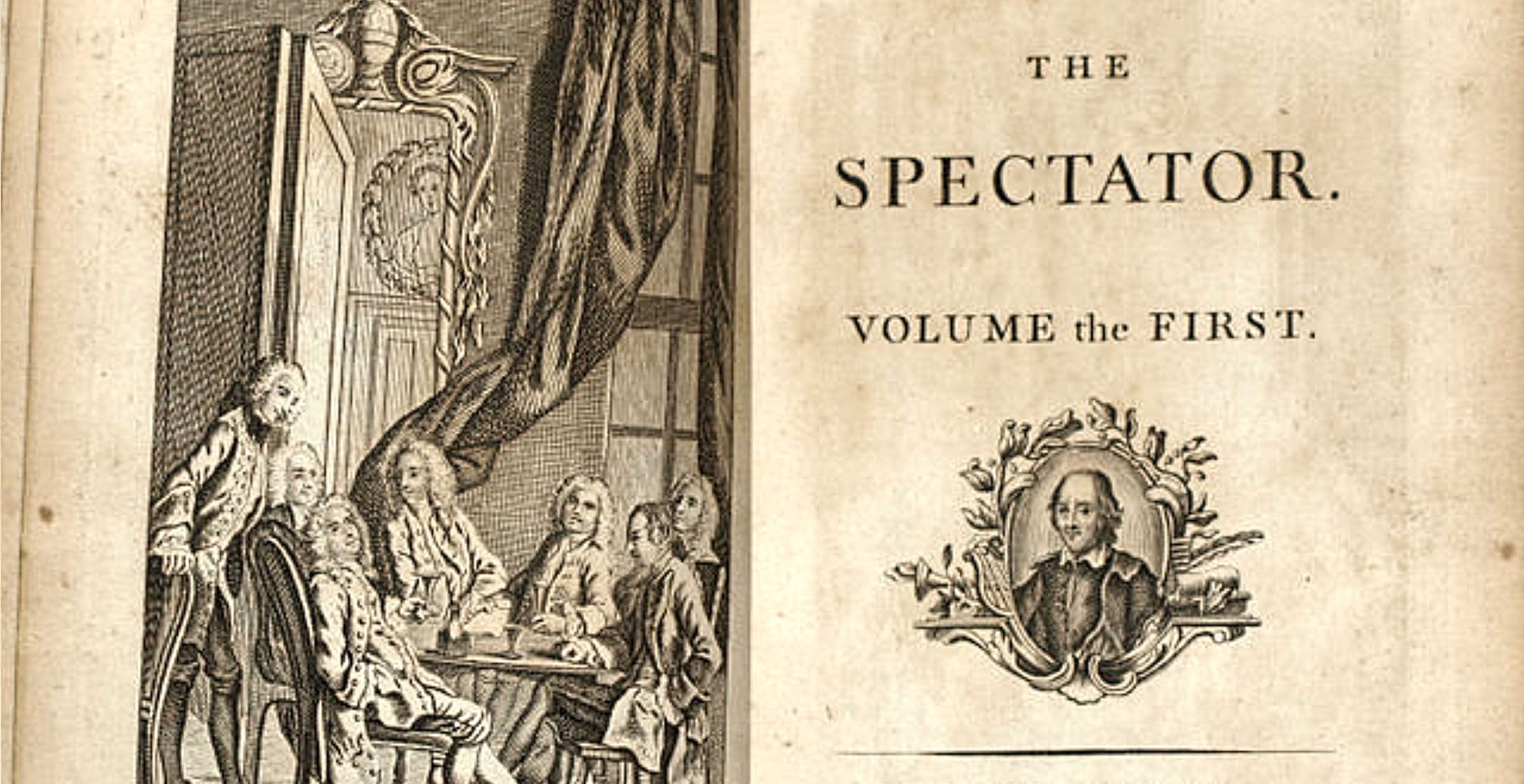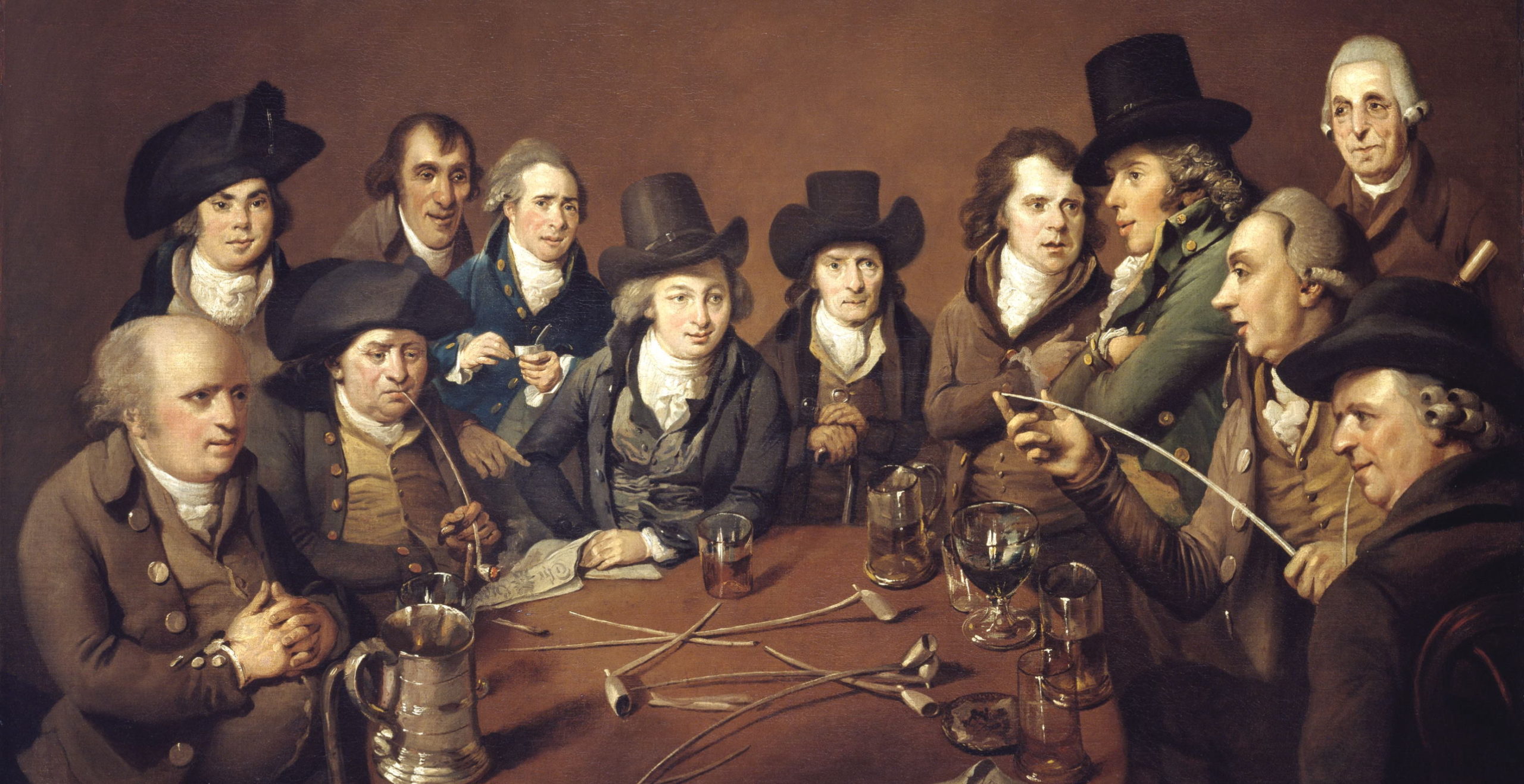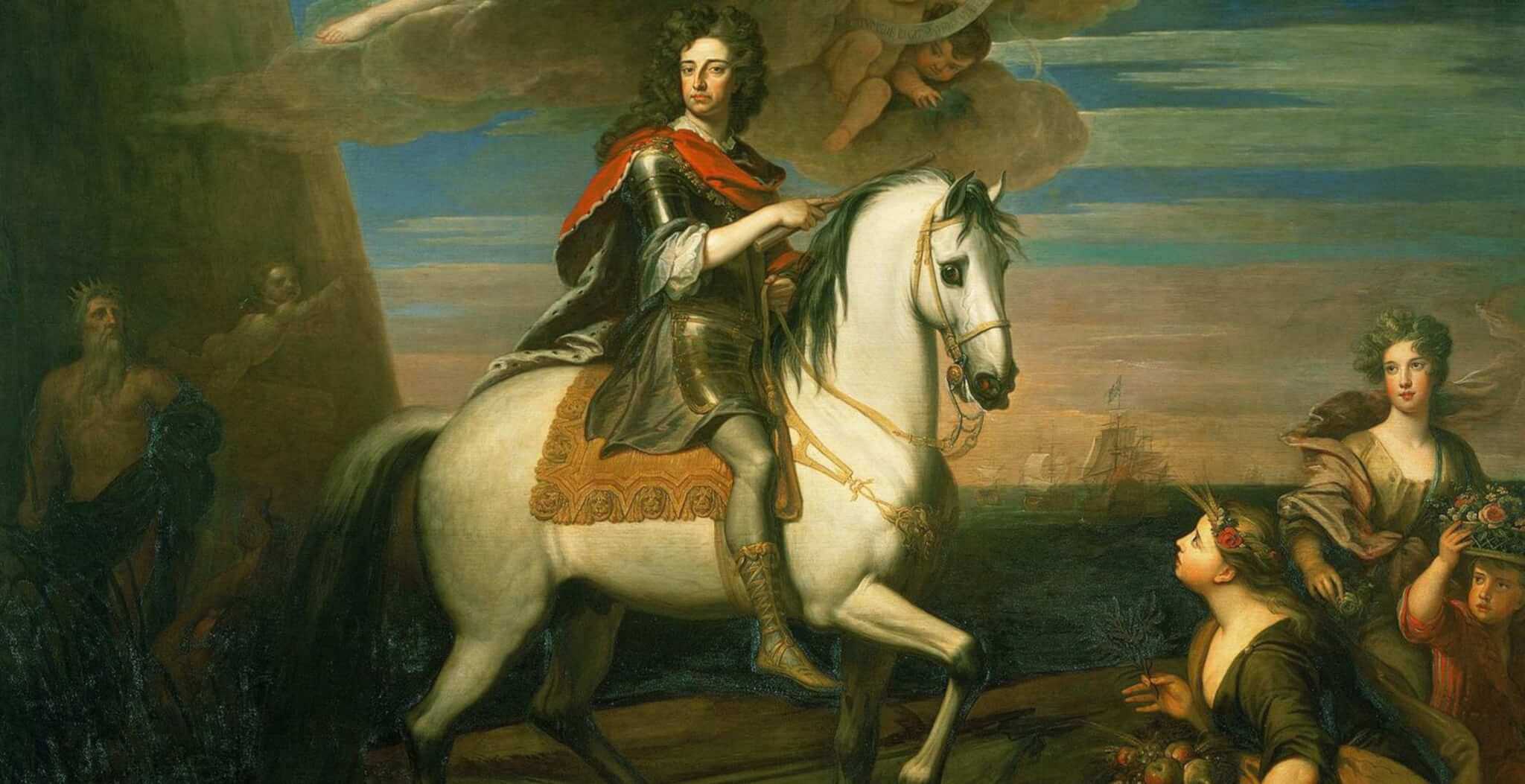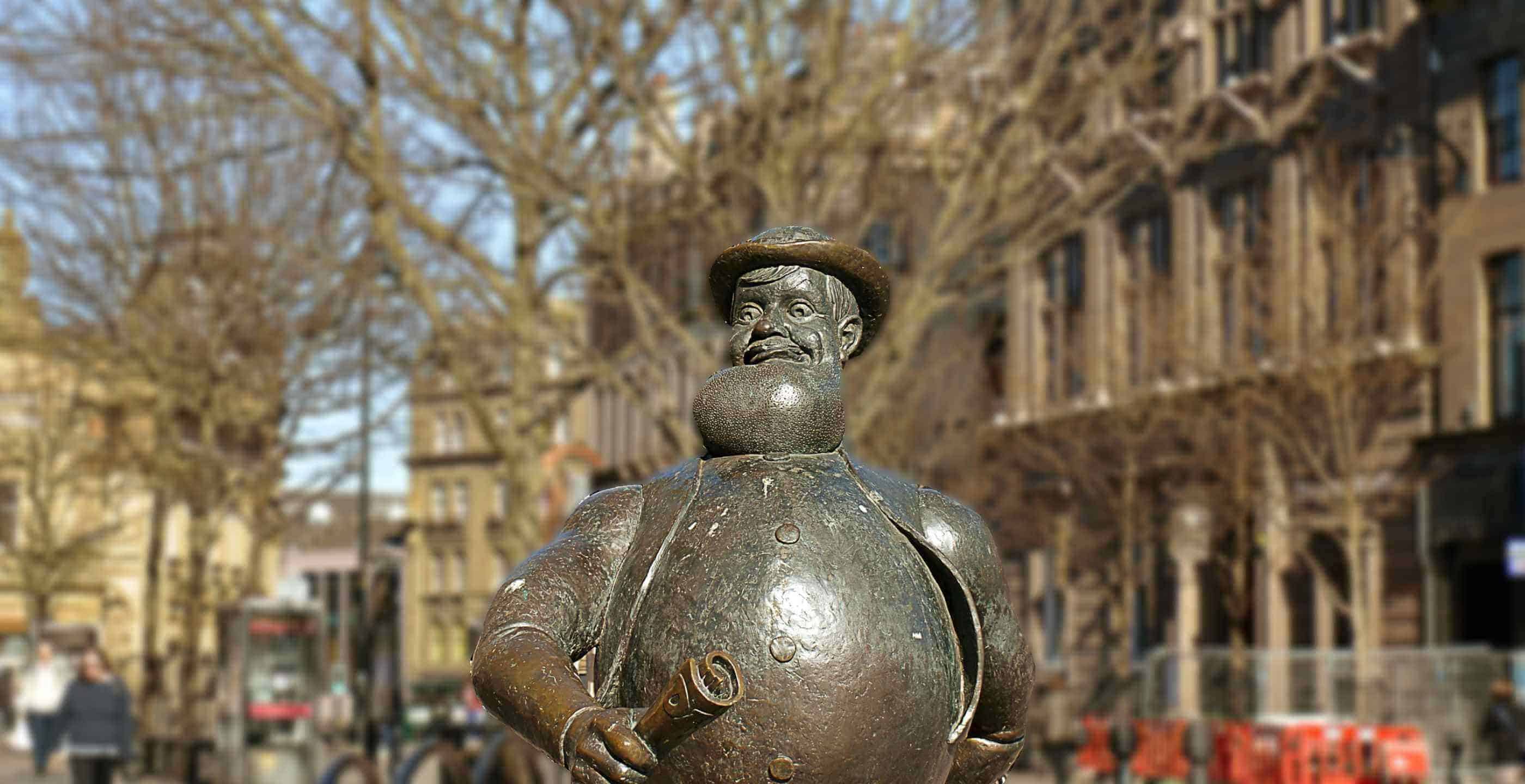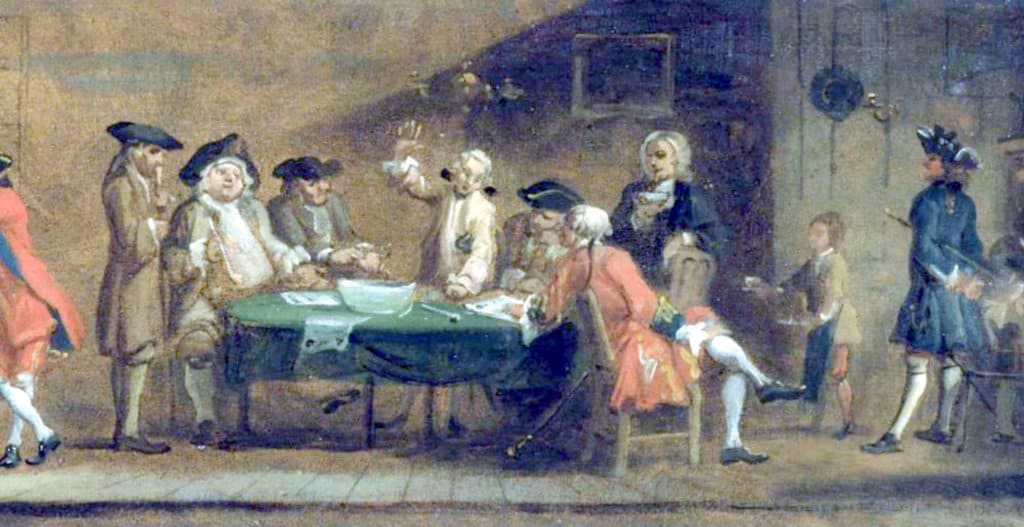In the aftermath of the Glorious Revolution, what has been called the emerging ‘public sphere’ saw the rise of printed pamphlets and journals catering to novel aspirations, anxieties and interests of the people.
The late 17th and early 18th century witnessed the transformation of printed journals through the amalgamation of not just news but also socio-political commentaries, opinion essays, letters and sometimes even fiction and poetry – into a new kind of publication called the periodical.
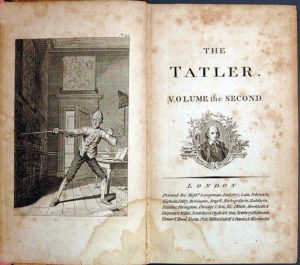 The Tatler, 1709-1711, edited by Joseph Addison and Richard Steele
The Tatler, 1709-1711, edited by Joseph Addison and Richard Steele
A man named Richard Steele is often credited with having popularised, if not invented the literary form of periodical essays. Yet, scholars have shown that Motteux’s Gentleman’s Journal and Daniel Defoe’s Review were the true predecessors of Steele’s widely read periodicals The Tatler (1709-1711) and The Spectator (1711-1712). The great German philosopher, Jürgen Habermas argues that these periodicals started by Steele and his friend Joseph Addison played an immense role in the public sphere by acting as the linkage between the British coffeehouses, the political domain of rational-critical debate and formation of a ‘public opinion’.
Periodical literature also contributed majorly to the development of modern authorship and acquainted the readers to the authors who lived and interacted among them. The Tatler and The Spectator, like other popular periodicals, used a mode of invasive ‘spectation’ that involved not just the usage of sight but also other bodily senses. Professor Anthony Pollock argues that The Spectator makes a deliberate transition from the conversational surveillance towards visual one. He writes “Addison and Steele’s personae characteristically do not intervene, they withdraw.” While in The Tatler, the reader gets a sense of the author actively desiring to say something, Mr Spectator’s most amusing idiosyncrasy is his taciturnity. Mr. Spectator thus presented a masculine mode of transcendent reporting, writing more than gossip – contributing to the literary posture of spectatorship which greatly appealed to its astoundingly large reader base.
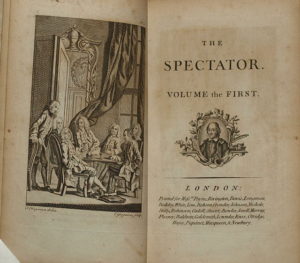 Title pages of the ca. 1788 edition of the first volume of the collected edition of Addison and Steele’s The Spectator.
Title pages of the ca. 1788 edition of the first volume of the collected edition of Addison and Steele’s The Spectator.
Another development during this period was the increase in wealth and leisure of the English middle classes and the improvement in women’s education that turned several women into readers. Though, undoubtedly the early modern public sphere was dominated by men, a large number of publishers jumped at the opportunity to expand their female readership. Starting with John Dunton’s Athenian Mercury (1691– 97), many periodicals began devoting one or more issues (or sections) to topics that were likely to please and attract the ladies. A short-lived experiment was the renaming of the October issue of the Gentleman’s Journal, as ‘The Lady’s Journal’. Amusingly, the first imitators of The Tatler were ostensibly women who published The Female Tatler three times a week for about a year. Although The Female Tatler claimed to have been penned by “A Society of Ladies”, in reality, the author was a man called Bernard Mandeville. In later decades, when women actually began publishing journals, unlike ‘Men’s Periodicals’, their themes remained mostly domestic and rarely political.
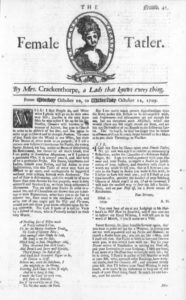 The Female Tatler October 10-12, 1709
The Female Tatler October 10-12, 1709
Although, most of these periodicals were read in coffeehouses, many were also delivered at homes and book stores. The authors of these popular periodicals, like Steele and Addison, not just frequented the coffeehouses but even indicated their sources vividly. For instance, in the premier issue of The Tatler, the author mentions “All accounts of gallantry, pleasure, and entertainment shall be under the article of White’s Chocolate-house; Poetry, under that of Will’s Coffee-house; Learning, under the title of Grecian; Foreign and Domestic News you will have from Saint James’s Coffee-house; and what else I have to offer on any other subject shall be dated from my own Apartment.” Interestingly, after being printed in London, these periodicals did not remain restricted to the city but were also disseminated in various provinces like Oxford and Dublin, where they enjoyed large readership.
The advent of the age of periodicals cannot be simply associated publications related to the news revolution of the 17th century. Many of the 17th century newspapers, often disseminated in coffeehouses were seen as a major source of threat by the ruling class. The crown attempted to suppress these ‘dangerous’ publications through the Licensing Act of 1662 which gave the state a monopoly on the printing of news, making The London Gazette the kingdom’s only official newspaper post 1665. Although this was true on paper, in reality several unofficial publications were printed, distributed and widely read. There were instances, such as the Algiers leak case, when sensitive information was leaked by State office workers to coffeehouses which resulted in a breach of national security and put coffeehouses owners and newspaper publishers in an unfavourable position. Through various laws, the Crown made numerous attempts to restrain the spread of seditious and irreligious newspapers but was never totally successful.
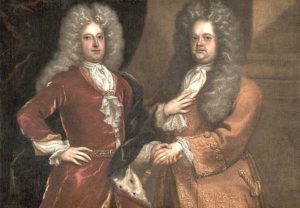 Richard Steele and Joseph Addison
Richard Steele and Joseph Addison
The content and literary style of the popular periodicals were very different from the newspapers. As historian Brian Cowan notes, Steele and Addison, like Defoe disapproved of news mongering and never supported irresponsible interference in matters of the State. The new public sphere was therefore not one that obsessed solely over news and gossip. The periodicals were becoming an important medium not for indecent, heated debates but for refined, socio-political and moral discussions – creating stable, civilised and courteous public spaces.
Disha Ray is a student of History at St. Stephen’s College, University of Delhi. She is particularly interested in questions of gender and minority histories.
Published: July 14th, 2021.
